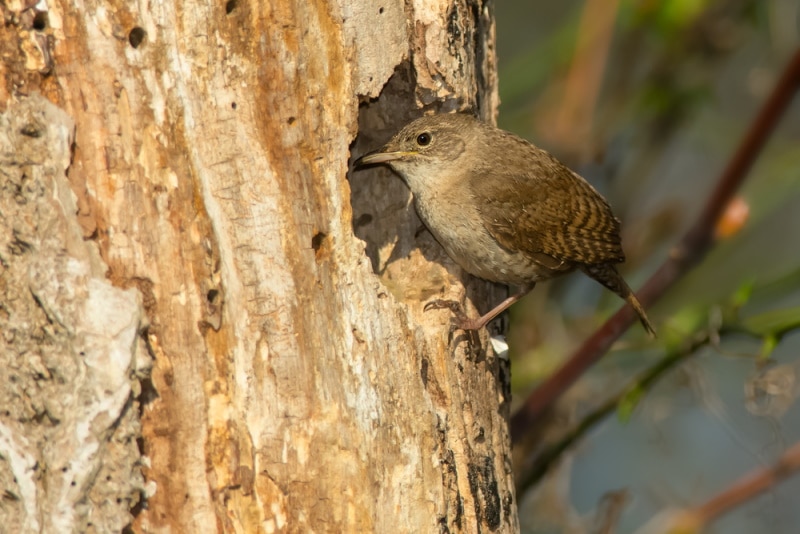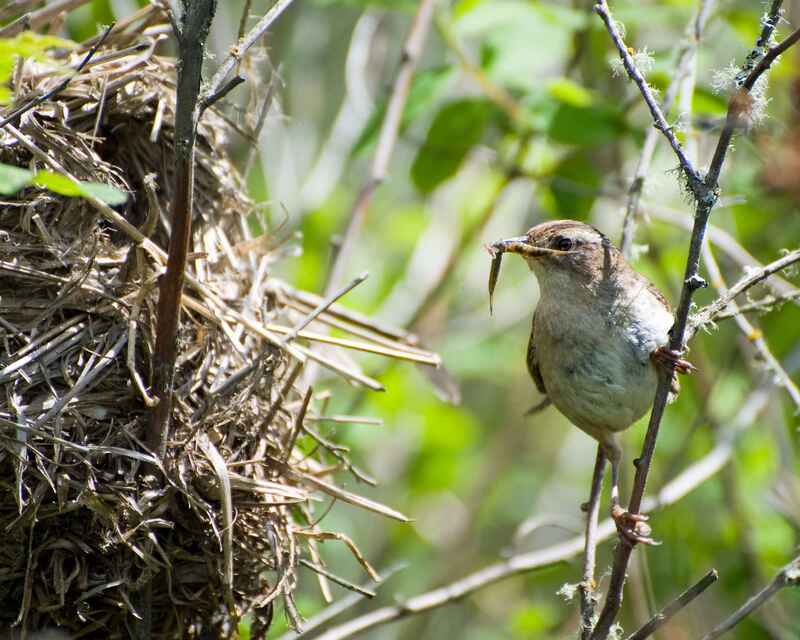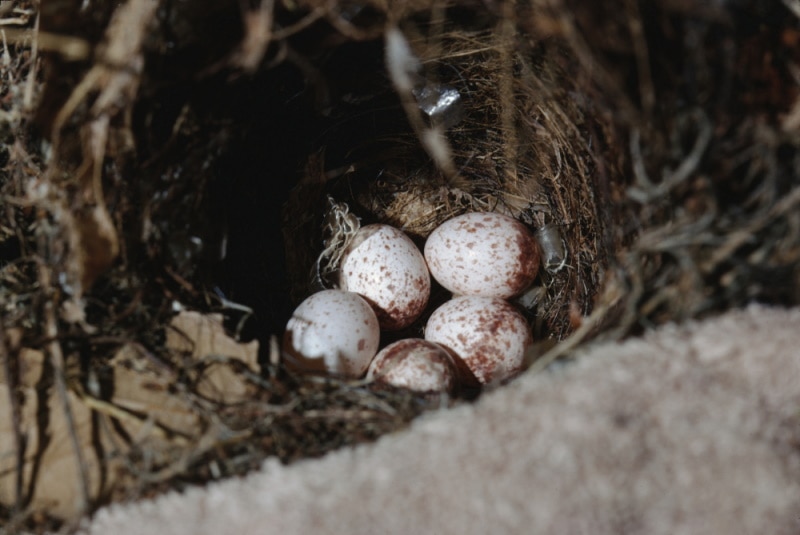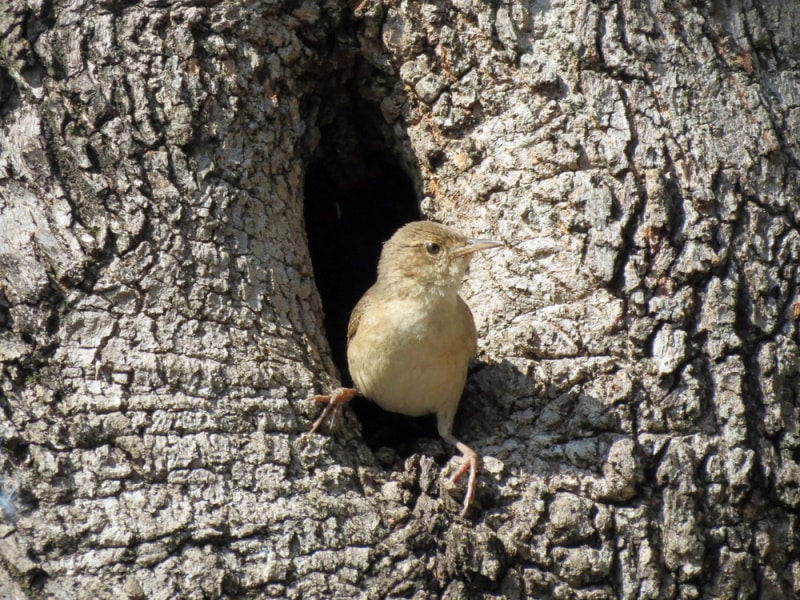How Long Does It Take for Wren Eggs to Hatch? The Interesting Answer!
Last Updated on

If birds are chirping in your yard and garden, it’s typically only a matter of time until nests and eggs start to show up.
If you see wrens incubating eggs in the nest, how long until those eggs hatch? While wren eggs typically hatch anywhere from 9 to 16 days after incubation starts, that doesn’t tell the full story.
Keep reading as we break down everything that you need to know here.

How Long Does It Take for Wren Eggs to Hatch?
Fortunately, this has a straightforward answer. Wren eggs hatch anywhere from 9 to 16 days into the incubation period.
So, if you see a wren incubating eggs, it’s only a week or two until the chicks hatch and start poking their heads out of the nest for the first time.

Do Wrens Leave Their Eggs Unattended?
After the incubation period, wrens rarely leave the eggs or babies unattended. However, while they don’t abandon their eggs or babies, they do have basic necessities that they need to get.
The birds need to eat, get water, and avoid predators as necessary. Wrens won’t leave their eggs if they can’t help it, but they also can’t just sit on the eggs for 9 to 16 days straight waiting for them to hatch.
How Many Eggs Do Wrens Lay?
This is an extremely variable factor, but wrens can lay anywhere from three to 10 eggs at a time, though it’s typically between three and five eggs.
This number of eggs makes it more manageable for the parents to get all the food that their babies need after hatching.

How Long Until Wren Chicks Leave the Nest?
Once you see the little chicks poking their heads over the side of the nest, how long until they fly away for the first time and start their own adventures? The house wren only stays in the nest for about 12 to 18 days after they hatch.
That means the new birds might not even be 2 weeks old when they take their maiden flight. So, if you see a momma bird flying around looking for food nonstop, don’t feel too bad, as they don’t have to do it for long!
Wrens typically have at least two broods each year, though occasionally, they will have a third brood if the conditions are favorable.
Will Wrens Use the Same Nest Twice?
If wrens often have multiple broods each year, does that mean they reuse the same nest more than once, or do they build multiple nests throughout the year?
In the end, it comes down to the bird. Most wrens will reuse the same nest throughout the year for multiple broods, but it’s more hit or miss for different seasons. Some wrens will return to reuse the nest, while others have no interest and will build a new one each year.

What Color Are Wren Eggs?
Wren eggs are tiny and white. They often have a pink or buff tint, and it’s also common for them to have pink, brown, or red specks throughout.
The eggs are typically between 0.6 and 0.8 inches long and about 0.4 to 0.6 inches wide. They’re extremely small, and their unique coloring makes them fairly easy to recognize if you know what you’re looking for.

Conclusion
Once you start seeing eggs appearing in wren nests, keep your eyes out if you want to spot the chicks. It doesn’t take long for the eggs to hatch, and after they do, the chicks will leave the nest relatively soon afterward. If you don’t keep an eye out for them, they’re easy to miss, and who doesn’t want to see baby chicks poking their heads out of the nest or getting ready for their first flight?
Featured Image Credit: Paul Reeves Photography, Shutterstock
About the Author Robert Sparks
Robert’s obsession with all things optical started early in life, when his optician father would bring home prototypes for Robert to play with. Nowadays, Robert is dedicated to helping others find the right optics for their needs. His hobbies include astronomy, astrophysics, and model building. Originally from Newark, NJ, he resides in Santa Fe, New Mexico, where the nighttime skies are filled with glittering stars.
Related Articles:
Can You Use Binoculars to Look At Stars? How to Choose the Right Pair
10 Types of Hummingbirds in Arkansas (With Pictures)
8 Types of Hummingbirds in Nebraska (With Pictures)
5 Types of Hummingbirds in Idaho (With Pictures)
3 Types of Hummingbirds in Mississippi (With Pictures)
8 Types of Hummingbirds in Kansas (With Pictures)
5 Types of Hummingbirds in West Virginia (With Pictures)
5 Types of Hummingbirds in Ohio (With Pictures)
